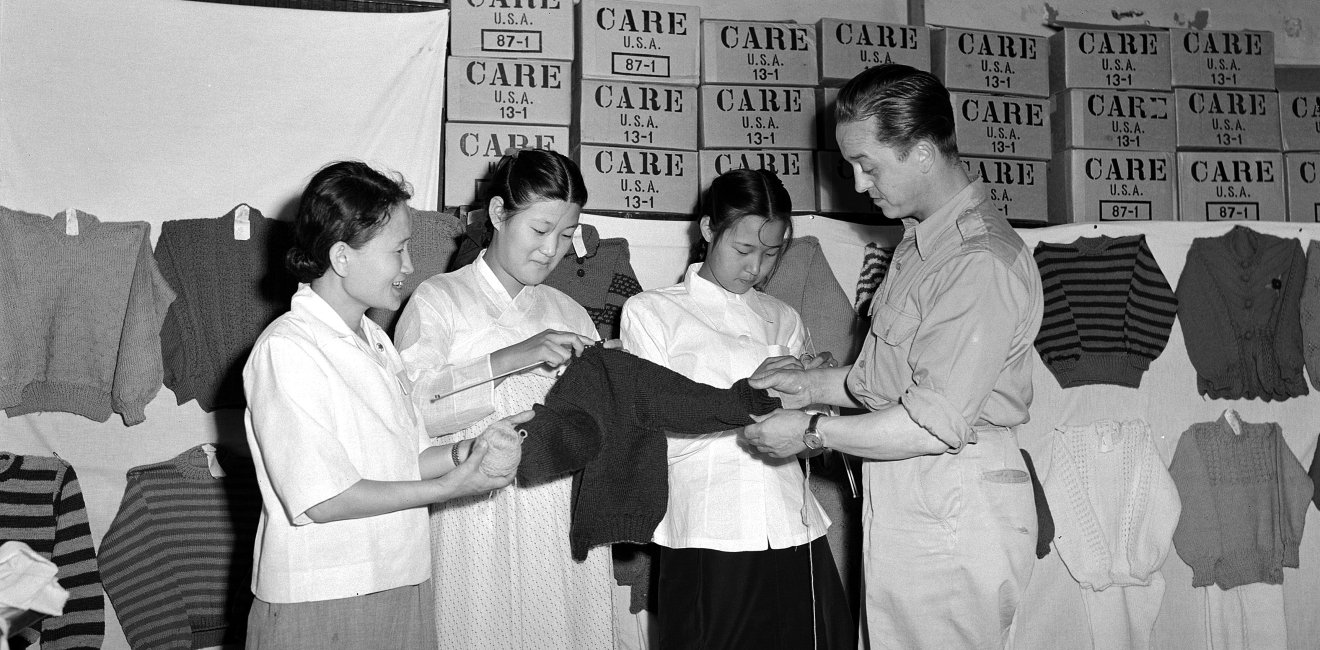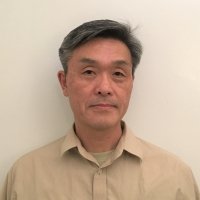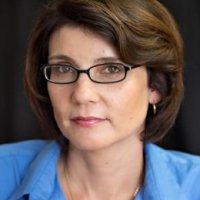Woman, Student, and Boy Soldiers in the Korean War
Jiyul Kim and Sheila Miyoshi Jager look at South Korean women, students, and boys to understand the Korean War’s impact on South Korean culture and society.

A blog of the History and Public Policy Program
Jiyul Kim and Sheila Miyoshi Jager look at South Korean women, students, and boys to understand the Korean War’s impact on South Korean culture and society.

One of the major themes of our upcoming book is the social and cultural history of the Korean War. We will engage larger issues such as the social and political impact of the demographic shifts wrought by the division and the war, the deep cultural and social impact of a prolonged US military presence that continues to the present day, and the creation of a new South Korean military culture.
For this post, we want to focus on introducing recent source materials on three categories of participants who have not received much if any attention: South Korean women, students, and boys.
The total war that was the Korean War for South Korea required the total mobilization of all segments of society beyond young men in the armed forces. The mobilization of older men for the Korean Service Corps (KSC) was mentioned earlier as were irregular civilian partisans for special operations. Similarly, women, students, and boys were mobilized for the war soon after the North Korean invasion. Research on all three categories are in relative infancy but the South Korean Ministry of National Defense Institute for Military History has recently released studies that provides a wealth of history, data, and sources to advance the field.
Women were recruited for service in all branches of the military and participated in a large variety of military service and support including partisan combat operations, intelligence collection, psychological operations, troop information & education, civil affairs, administration, and nursing and other health care. Given Korea’s long and intimate history and culture as a deeply patriarchal society, such expansion of women’s role had a lasting impact. Today, South Korea’s military does not bar women from any occupation including all the combat arms, a progressive policy that predates the US’s recent decision to open all military positions to women. IMH’s The History of Servicewomen in the Korean War provides an excellent historical overview and detailed data including a registry of nearly 2,400 women who served including some 300 women who served in partisan units.[1]
It is estimated that 30,000 boy soldiers or sonyŏnbyŏng served in the Korean War of whom 2,500 died. Sonyŏnbyŏng were boys who were 17 years old or younger, not in school, who volunteered for the army. Being under aged, they were not formally registered as soldiers nor recognized as veterans after the war. They participated in actions from the Pusan Perimeter fighting to the end of the war. IMH’s Research on Korean War Sonyŏnbyŏng examines all facets of the sonyŏnbyŏng experience and includes oral history transcripts and a registry of 2,573 sonyŏnbyŏng who died in action.[2]
Student soldiers of the Student Volunteer Corps (SVC) or hakdoŭiyong’gun were male and female middle school, high school and university students who volunteered for military service. As with sonyŏnbyŏng, they were neither officially enrolled in the military nor recognized as veterans but simply as students who temporarily set aside their studies to serve. Many of the males volunteered for frontline fighting while others participated in rear area security and counter guerilla operations. Females were assigned to support services. SVC members fought in actions from middle of July 1950 to the end of the war. An estimated 35-40,000 students volunteered including some 700 students who had been studying in Japanese universities. IMH’s 2-volume study on the Student Volunteer Corps in the Korean War provide a rich starting point to study the Student Volunteer Corps and its memory. The main volume provides a detailed history while the supporting volume provides a large amount of data including oral history transcripts, various reunion groups that can provide lead to survivors, a collection of photographs, and photo survey of the 36 memorials that have been erected throughout the country to honor SVC who dies in action.[3]
Much of the literature of the Korean War has been devoted to the global history of the conflict and its various ramifications in the patterns of US, Chinese, and Soviet foreign and domestic policy. As such, the extraordinary brutality of the Korean War, as part of a pattern of Cold War interventions, can be explained as extensions of the ideological civil war that was fought in Korea with the kind of savagery that only civil wars can bring forth. Less attention, however, has been focused on the Korean context of the war and specifically, the war’s impact on South Korea culture and society, a major interest of our book. While South Korean archival sources from the 1945-53 period remain scanty, a substantial amount of new information has been generated through the publication of memoirs, oral history projects, and extensive scholarly activities that provide new interpretive insights. The increased access to these new source materials carries with it the promise of changing the field profoundly, both in terms of its overall approach and interpretations and also as a specific case study of how the Cold War became local.
[1] Choe Sang-ho, The History of Servicewomen in the Korean War [ 6-25 전쟁 여군참전사] (Seoul: Institute for Military History, December 2012). http://www.imhc.mil.kr/user/imhc/upload/pblictn/PBLICTNEBOOK_201509220649105710.pdf
[2] Yi Sang-ho and Pak Yŏng-sil, Research on Korean War Sonyŏnbyŏng [6-25 전쟁 소년병 연구] (Seoul: Institute for Military History, December 2011). http://www.imhc.mil.kr/user/imhc/upload/pblictn/PBLICTNEBOOK_201509080517103710.pdf
[3] Son Kyu-sŏk, Research on the Student Volunteer Corps in the Korean War [6-25 전쟁 학도의용군 연구] (Seoul: Institute for Military History, August 2012). http://www.imhc.mil.kr/user/imhc/upload/pblictn/PBLICTNEBOOK_201509220710281810.pdf;
Research Material on the Student Volunteer Corps in the Korean War [6-25 전쟁 학도의용군 연구 자료집] (Seoul: Institute for Military History, August 2012). http://www.imhc.mil.kr/user/imhc/upload/pblictn/PBLICTNEBOOK_201509220711001660.pdf



A leader in making key foreign policy records accessible and fostering informed scholarship, analysis, and discussion on international affairs, past and present. Read more


The North Korea International Documentation Project serves as an informational clearinghouse on North Korea for the scholarly and policymaking communities, disseminating documents on the DPRK from its former communist allies that provide valuable insight into the actions and nature of the North Korean state. Read more


The Cold War International History Project supports the full and prompt release of historical materials by governments on all sides of the Cold War. Read more



